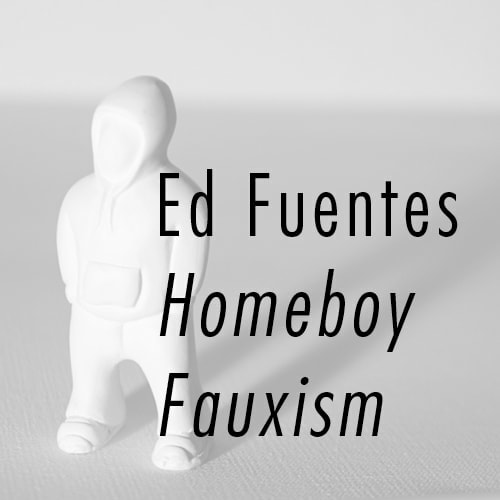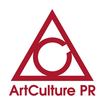|
Nevada Senator Harry Reid quietly introduced legislation to withdraw acres of federal land that cross Lincoln and Nye county lines to preserve vast valleys. It also protects a landmark piece of desert artwork not yet open to the public. The Las Vegas Review Journal reports the bill covers a 1,250-square-mile area that contains Michael Heizer's “City,” that is "roughly the size of the National Mall in Washington, D.C." It goes on:
Heizer’s best known monumental earth art may be the deep desert trenches of “Double Negative." The March migration of boulder from a quarry near Riverside, Calif., to the Los Angeles County Museum of Art, where it became the installation "Levitated Mass," bringing earth art directly to the public.
Reid introduced the bill on September 16 and was the only listed sponsor, reports the Las Vegas Sun. In 2005, New York Times Magazine profiled Heizer as "Arts Last Lonely Cowboy" behind "City" and wrote:
0 Comments
Leave a Reply. |
An Online Arts JournalExhibition:
February 2 – March 31, 2019 Artist Reception and Gallery Talk: Sunday, February 10, 2019, 4 p.m.–7 p.m. SPONSOR
Archives
February 2019
Categories |




 RSS Feed
RSS Feed